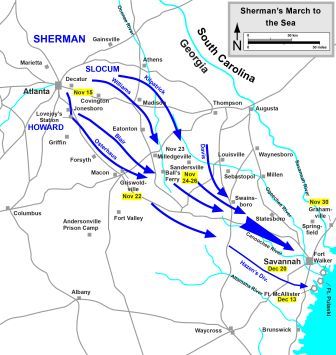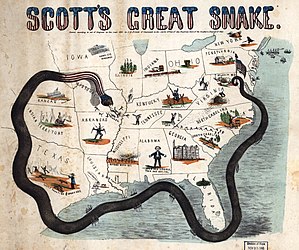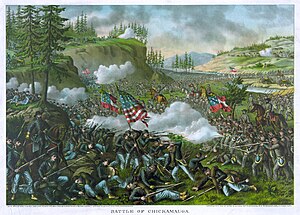
Four men ran for the election of 1860, including john
Breckenridge (southern democrat whose goal Was pro slavery), Abraham Lincoln
(republican who did not want slavery), john bell (constitutional union party
whose main goal was to avoid secession), and Stephen Douglas (northern democrat
whose goal was anti slavery). The final
event that led to the civil war was, in fact, the election of presidency in
1860. Abraham Lincoln was elected president in 1860; he was the president
during the civil war. “Honest Abe” won presidency, not by popular vote, but by
electoral votes, 180 electoral votes. Lincoln was part of the Republican Party,
a party that began in 1854, and whose main goal was to prevent the expansion of
slavery. Following the election,
southern states, one by one began to secede from the union thinking that
Lincolns primary goal to forever abolish slavery. It took three long days of
tough debating and rationing for Georgia to decide to secede. Georgia was part
of the confederacy from 1861-1865. Even before Georgia became part of the
confederacy, many arguments were to be settled on this topic of secession.
During this debate many representatives who opposed the idea of seceding were
northern GA counties, small farmers and non-slave holders, and one of the most
important reps, Alexander Stephens. Stephens served as governor of Georgia, U.S
congressman, U.S senator, and vice president of the confederacy. He also played
a major role in assisting with the passage of the compromise of 1850 and the
Kansas-Nebraska act. Even though he fought until the very end against seceding
from the union, he was an advocate for slavery. Those who did want to secede
consisted of large farmers, slave holders, Georgia governor Joseph e. brown and
influential men such as Robert Toombs. During the first round of votes
concerning secession, the assembly was split 166 to 130 in favor of secession.
At the final round of votes, the general assembly voted 208 to 89 in favor of
seceding from the union. the states that did decide to secede, became known as the confederate states. their first and only president was Jefferson Davis.
photo from http://deedrad123.blogspot.com/2011/12/election-of-1860.html














 http://www.tnhistoryforkids.org/places/dred_scott
http://www.tnhistoryforkids.org/places/dred_scott
